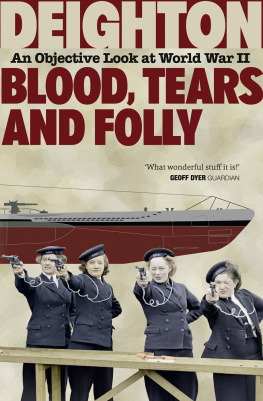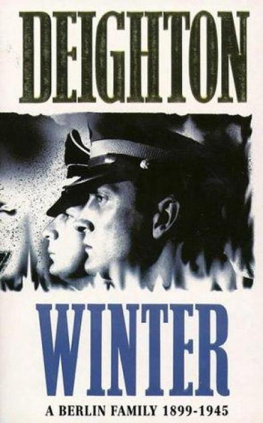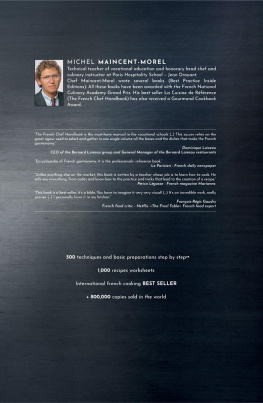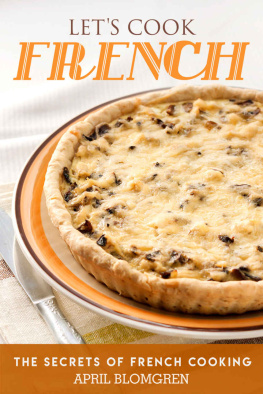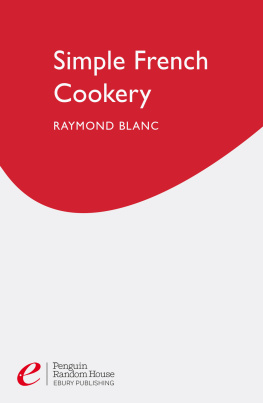It was two old friends Ray Hawkey and Clive Irving who saw the little drawings I used in the kitchen while cooking. Ray made my scribbles into a grid and with Bill Harmers polished lettering they became a weekly series in the Observer newspaper. It was George Seddon, John Lucas and my friend John Marshal who nursed the project through its vulnerable early life.
The early cookstrips became the Action Cook Book (which HarperCollins republished in 2009). The warm reception from Observer readers, and the letters I received, made me plan a years recipes; a complete French cookery course consisting of 50 strips. These strips made the basis of this book. It was designed as a serious attempt to simplify a very complex discipline to which many men and women have devoted their entire lives. I am pleased and proud to have so many professional chefs and food experts among my friends and without them this book would be incomplete.
These strips and my text became a book designed by the French graphic designer Jacques Dehornois. He was taken ill during the early stages of the books preparation and Ray Hawkey once again stepped in and rescued the whole project. For this, and countless other favours, I welcome the chance to thank him again. I also record thanks to Tony Richardson and Tony Godwin.
Now I am delighted that Chris Smith and his dynamic team at Harper Collins are publishing this new edition with a splendid and witty cover design by Arnold Schwartzman and his wife and business partner Isolde. Anton Felton should be at the top of this page. He has given me a lifetime of sound advice and unstinted support. My agents Jonathan and Ann Clowes are very high on the list of vital helpers as is Nemonie Craven Roderick and Olivia Guest. There are other people who played an important part in previous editions. These include Rosie de Courcy, Barbara Dixon, Valerie Buckingham and Behram Kapadia.
However, cooking is a matter for all the family. Food and cooking is a passion, if not to say an obsession, with all of us including my two wonderful daughters-in-law. My wife Ysabele and my sons are all expert cooks and rather more fastidious and perfectionist than I am. Let me also say thanks to countless guests who have nibbled politely at my failures and said:
No, really. I like it like that!
Len Deighton
California. February 2010
My first visit to France was in 1946. I went by Green Arrow train to Paris (this was the economy version of the Golden Arrow train). I was very young and I had never left Britain before. My father had only agreed to my trip because I was to be met off the train by friends. But in the chaos of post-war France those friends had been ordered to duty elsewhere.
I stepped down from the train into a world different to anything I had seen before. I began shoving my way through a thousand soldiers and all the lawless low-life that flocked to railway terminals in those days. Above the babel of foriegn voices, shouts and whistles punctuated the hisses and growls of steam locomotives. Porters yelling gare! forced a way through the crowds, their trolleys piled high with baggage. I was conspicuous in my civvy clothes for everyone had some sort of uniform, and most of them were burdened with packs and helmets and kitbags and rifles. Even the air was different in France; it smelled of Gauloises and garlic, and of the ersatz acorn coffee that had become the national beverage. I waited under the clock for a long time but eventually I picked up my suitcase and turned to the street with that youthful confidence that only ignorance provides.
My ten days in Paris brought scrapes and encounters that could fill a book. A wide-eyed and curious teenager, I drank it all in with amazement. I dont remember why I chose the Grand Hotel de IOrient, near Place Blanche. I suppose I must have spotted its imposing name, and economical rates, on a poster or advertisement. In this bohemian neighbourhood the hotel and its residents were unconventional to say the least. I secured the cheapest room. The narrow creaky staircase took me to the top landing and a garret just big enough to hold a metal frame bed, a battered wardrobe and a Thonet chair. I opened the window to see the bent and broken rooftops of Paris. I recalled that classic Jean Gabin film Le jour se lve. Does that hotel and that room still exist? I have resolved time and time again to go back and find it. But searching for ones dreams can be a way to find nightmares.
Paris was spread out before me. I shivered with delight. But I was a boy with a mission. I didnt know much about France or French cooking but I had read that the greatest restaurant in the world was here. It was named the Tour dArgent and it served a famous dish of roast duck. The crispy breast is served as the first course. To make a sauce for it a vast silver-plated press is used to squeeze the juices from the remaining carcass. It is followed by the leg and a simple green salad. It was just the sort of performance I was ready for. I went to the restaurant and sat alone while a sad-eyed waiter regretfully explained that a duck could not be split. It was served for two people. Recklessness overcame my disappointment, and I told him to pretend I was two people. He brightened and seemed delighted to go through the rituals, so that I had four courses, each served with a grave formality that such food deserves. When I was half-way through the second elaborate ceremony with the duck press, two Americans stopped at my table to tell me that they had decided that they had never seen anyone so happy as I clearly was. The waiter was happy too. Instead of a tip I gave him a packet of twenty Players cigarettes. (Although a non-smoker myself I knew that English cigarettes were a valuable currency in Paris.) To show his pleasure he took me on a conducted tour of the kitchen and went label by label through the bins in the famous wine cellars.
That was my introduction to French Cooking. Over the years I have pursued my interest in this discipline both as cook and as consumer. As an art student in the nineteen fifties, I spent my vacations working in many kitchens large and small and made many good friends among the fraternity of chefs.
When my wifes parents retired they moved to a village in Provence. We had visited them frequently in Paris, and now our focus moved to the south. This lovely region, like most other parts of France, has its own style of cooking and there were lessons to be learned every day. We rented a house and our children attended the primary school in Plascassier. It was a joyful time. Our neighbours were welcoming and kind and, in the village school, the head teacher M. Guglielmero his staff and the helpers were saintly. Surrounding this lovely old building there were fields of jasmine, grown for the perfume industry in nearby Grasse. Each morning the head stood at the entrance and greeted each and every arriving pupil personally. No child was ever late; the pupils were keen to learn; the teaching was excellent; even better from our point of view, no one there could speak English. Yes, of course; just like circus people, said the imperturbable headmaster when my mother-in-law asked if he could find room for two little boys who could speak no French. He separated the boys into different classes and assigned to each, a companion who would proudly guide and instruct his foreigner. M. Guglielmero employed professional skills at which I still marvel. The two assigned companions were not the students from the top of the class; they were the schools most popular boys. With these two lively extroverts to guide them, my sons had instant membership of the whole school, and made friends for life. In this amiable environment they learned to speak French indistinguishable from that of local children. To complete the perfection, staff and children all sat together at lunch and enjoyed the same good French cooking. No wonder the French education system is the best, and most effective, in the world.


